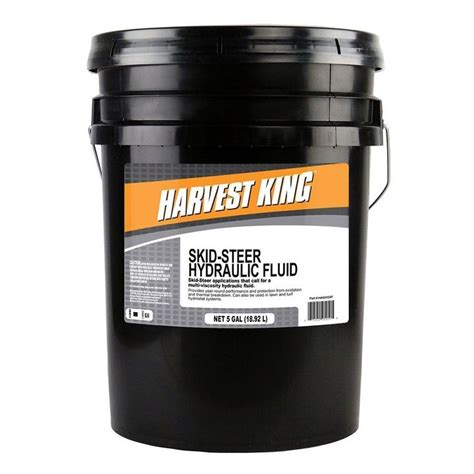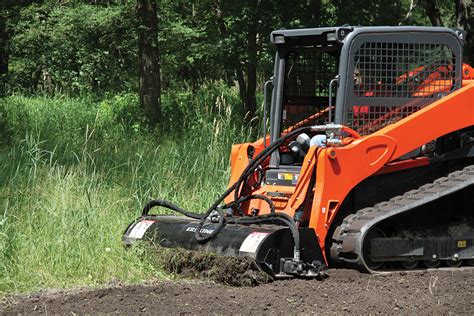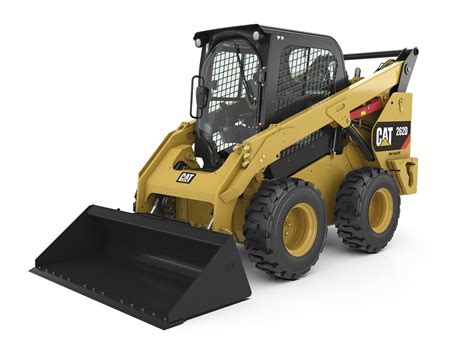difference between standard flow and high flow skid steer What is the Difference Between High Flow and Low Flow on a Skid Steer? The . Browse a wide selection of new and used YANMAR Excavators for sale near you at MachineryTrader.com. Top models include VIO35-6A, VIO55-6A, SV40, and VIO80-1A.
0 · skid steer hydraulic fluid recommendations
1 · hydraulic attachments for skid steer
2 · high flow skid steer models
3 · high flow skid steer gpm
4 · high flow hydraulics vs low
5 · high flow bobcat skid steer
6 · bobcat high flow vs low
7 · best high flow skid steer
Find a new AGT H12R mini excavator with one cylinder 15hp gas engine, one speed, 7” rubber tracks, and more features. Carroll Equipment is CNY's best place for construction equipment with no warranties implied.
Learn the differences between high-flow and standard-flow skid steers and how to choose the best type for your job. High-flow skid steers have more hydraulic power and can operate heavy-duty attachments, while standard-flow skid steers are more efficient and versatile. I am looking to purchase a used Bobcat around 25 to 30 hp and research shows . The key difference between high-flow skid steers and standard models lies in the . What is the Difference Between High Flow and Low Flow on a Skid Steer? The .
Learn about high-flow skid steers and their attachments that require more . The Low-flow is variable from 0-25 GPM and the high flow is set at 41 GPM . Learn the differences between high-flow and standard-flow skid steers and how to choose the best type for your job. High-flow skid steers have more hydraulic power and can operate heavy-duty attachments, while standard-flow skid steers are more efficient and versatile. Standard-flow skid steers have between 17 to 25 gpm while high-flow skid steers have hydraulic flow rates anywhere from 30 to 45 gpm. These flow rates directly correlate to the amount of power transferred to their attachments and how efficient they are, so knowing what gpm an attachment requires is crucial to its performance and efficiency.
I am looking to purchase a used Bobcat around 25 to 30 hp and research shows some with Auxiliary High Flow and some with Auxiliary Standard Flow. Can someone tell me the difference? The advantages of each? The key difference between high-flow skid steers and standard models lies in the hydraulic system. High-flow models provide a greater hydraulic output, measured in gallons per minute (GPM). This increased flow ensures that attachments requiring . What is the Difference Between High Flow and Low Flow on a Skid Steer? The main difference between high flow and low flow hydraulics on a skid steer is the amount of hydraulic power they deliver.Low flow systems generally produce around 20 gallons per minute (GPM), while high flow systems can provide 34.9 GPM or more. This increased flow rate in .
Learn about high-flow skid steers and their attachments that require more hydraulic power for heavy-duty jobs. Find out the benefits, costs and compatibility of high-flow systems and attachments. The Low-flow is variable from 0-25 GPM and the high flow is set at 41 GPM depending on the engine RPM. This is very usefull when I run my Hot saw feller buncher. The high flow runs the saw at 3400 RPM and the low-flow operates the grab arm that holds the tree up against the unit for transport. Although flow rates differ by manufacturer and skid steer model, the flow rate of a standard-flow system ranges from 17.5 to 24.2 gallons per minute (gpm). Standard-flow auxiliary hydraulics are included on all skid steers from the factory and operate on the same pressure that the machine’s main hydraulics operate on, which is approximately .
On skid steers and track loaders, standard-flow auxiliary hydraulic systems range from 11 to 30 gpm with pressures topping off at 3,000 to 3,500 psi. High-flow auxiliary hydraulic systems range from 30 to 50 gpm with pressure capabilities up to 4,100 psi.Standard-Flow vs High-Flow Hydraulics. Standard (or "standard-flow") hydraulics refer to the hydraulic systems included on any skid steer equipment at the time of manufacturing. This rating refers to the hydraulics also used to operate the boom and operate attachments on the same "standard" pressure—typically around 17-24 gallons per minute . Learn the differences between high-flow and standard-flow skid steers and how to choose the best type for your job. High-flow skid steers have more hydraulic power and can operate heavy-duty attachments, while standard-flow skid steers are more efficient and versatile. Standard-flow skid steers have between 17 to 25 gpm while high-flow skid steers have hydraulic flow rates anywhere from 30 to 45 gpm. These flow rates directly correlate to the amount of power transferred to their attachments and how efficient they are, so knowing what gpm an attachment requires is crucial to its performance and efficiency.

skid steer hydraulic fluid recommendations
I am looking to purchase a used Bobcat around 25 to 30 hp and research shows some with Auxiliary High Flow and some with Auxiliary Standard Flow. Can someone tell me the difference? The advantages of each? The key difference between high-flow skid steers and standard models lies in the hydraulic system. High-flow models provide a greater hydraulic output, measured in gallons per minute (GPM). This increased flow ensures that attachments requiring . What is the Difference Between High Flow and Low Flow on a Skid Steer? The main difference between high flow and low flow hydraulics on a skid steer is the amount of hydraulic power they deliver.Low flow systems generally produce around 20 gallons per minute (GPM), while high flow systems can provide 34.9 GPM or more. This increased flow rate in . Learn about high-flow skid steers and their attachments that require more hydraulic power for heavy-duty jobs. Find out the benefits, costs and compatibility of high-flow systems and attachments.
The Low-flow is variable from 0-25 GPM and the high flow is set at 41 GPM depending on the engine RPM. This is very usefull when I run my Hot saw feller buncher. The high flow runs the saw at 3400 RPM and the low-flow operates the grab arm that holds the tree up against the unit for transport.
Although flow rates differ by manufacturer and skid steer model, the flow rate of a standard-flow system ranges from 17.5 to 24.2 gallons per minute (gpm). Standard-flow auxiliary hydraulics are included on all skid steers from the factory and operate on the same pressure that the machine’s main hydraulics operate on, which is approximately .
On skid steers and track loaders, standard-flow auxiliary hydraulic systems range from 11 to 30 gpm with pressures topping off at 3,000 to 3,500 psi. High-flow auxiliary hydraulic systems range from 30 to 50 gpm with pressure capabilities up to 4,100 psi.


toyota huski 4 series

hydraulic attachments for skid steer
Ready to upgrade your mini excavator with the best rubber tracks on the market? Contact us today for more information, quotes, and support. Reach out via our website, email, or phone, and experience the difference our high-quality rubber tracks can make.Premium Grade Rubber Tracks For Mini Excavators. When engineering and testing Rubber Tracks designed for Mini Excavator equipment these four (4) factors are taken into consideration; Weight distribution and flotation. .
difference between standard flow and high flow skid steer|high flow hydraulics vs low